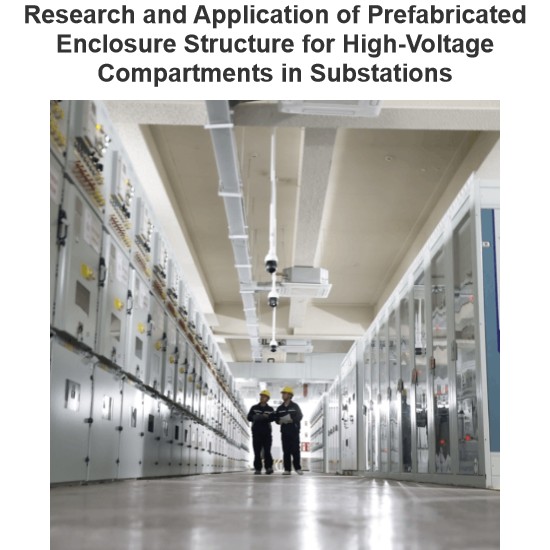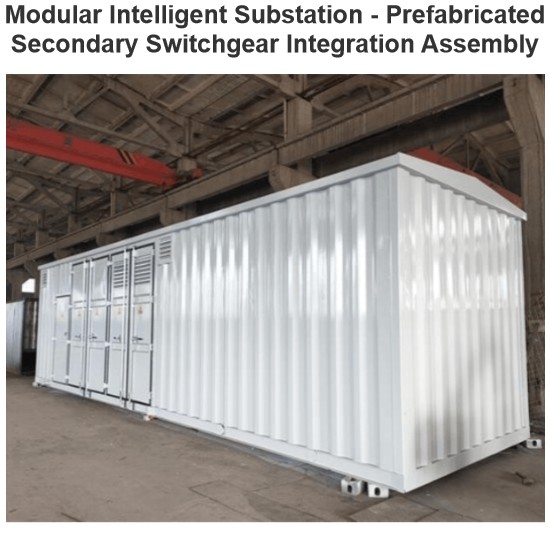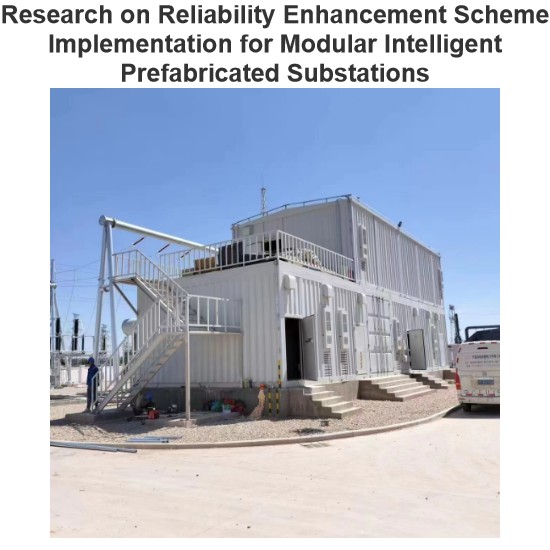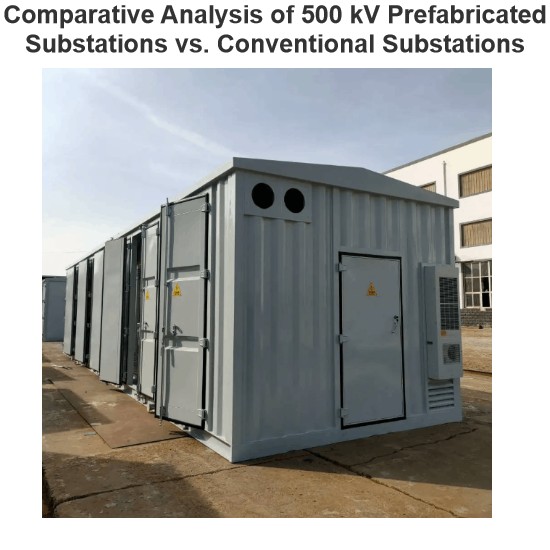Against the backdrop of profound changes in the global energy landscape and the booming development of the new energy industry, the construction mode of traditional substations struggles to meet the rapid deployment needs of new energy projects. The modular intelligent prefabricated cabin substation, leveraging its innovative advantages, has become a key direction for optimizing the new energy power system. In - depth exploration of its technical principles, industry adaptability, and application value is urgently needed.
1. Technical Principles
The modular intelligent prefabricated cabin substation takes the high - strength, corrosion - resistant prefabricated cabin as the core, creating a stable environment for equipment. Among primary equipment, transformers, switch cabinets, and reactive power compensation devices are optimized according to new energy characteristics to achieve efficient electric energy conversion and control. Secondary equipment integrates intelligent monitoring, relay protection, and communication systems. Sensors collect data, enable remote transmission, and support intelligent responses, ensuring safe and reliable system operation. The standardized coordination of all components improves construction and operation - maintenance efficiency.
2. Special Requirements of the New Energy Industry
2.1 Adapting to Power Generation Characteristics
Solar power generation shows intermittent fluctuations due to light conditions and day - night cycles. Substations need electric energy regulation capabilities, equipped with precise reactive power compensation and energy storage interfaces. Wind power generation sees power changes with wind speed, requiring substations to have dynamic response capabilities and optimize power grid power flow. For biomass power generation, unstable raw material supply demands enhanced monitoring and regulation, balancing environmental protection and safe electric energy transmission.
2.2 Facilitating Orderly Grid Connection
The intermittency of new energy power generation requires substations to be equipped with dynamic reactive power compensation and energy storage systems to stabilize power quality. Substations in remote stations need long - distance, large - capacity power transmission capabilities, with optimized equipment and line design. In terms of communication, a high - speed two - way link must be established to achieve real - time data interaction between the power grid and substations.
3. Application Cases
3.1 Solar Power Generation Project
The 500GW photovoltaic project in Golmud, Qinghai, uses weather - resistant steel cabins to adapt to the desert environment. Precisely selected primary equipment ensures electric energy conversion and distribution. Secondary equipment realizes remote operation and maintenance through intelligent monitoring and 5G, guaranteeing stable operation under high - altitude complex conditions.
3.2 Wind Power Generation Project
The 300GW wind farm in Chifeng, Inner Mongolia, optimizes composite materials for the prefabricated cabin to adapt to the grassland environment. Primary equipment meets wind power boosting and grid - connection needs. Secondary equipment uses sensors and intelligent algorithms to predict faults, ensuring reliable operation in open and complex terrains.
4. Key Technologies and Solutions
4.1 Power Electronics Technology
To address heat dissipation, a liquid - cooling + structural optimization solution is adopted. For electromagnetic compatibility, shielding material encapsulation and circuit optimization wiring are used to ensure stable equipment performance.
4.2 Intelligent Monitoring and Operation - Maintenance
For data processing, distributed databases, 5G, and edge computing are introduced to ease transmission pressure. Fault diagnosis leverages big - data modeling and artificial intelligence algorithms to improve accuracy. Remote operation and maintenance utilize VR/AR technologies for visualization, enhancing efficiency.
4.3 Optimized Design and Integration
Equipment layout uses 3D simulation to select the optimal solution. System integration solves interface and protocol compatibility issues through unified standards and conversion device development. The cabin structure uses high - strength materials and optimized design to enhance environmental adaptability.
5. Performance Evaluation and Benefit Analysis
5.1 Technical Performance Indicators
An indicator system is built covering equipment stability (fault interval, failure rate, etc.), electric energy conversion efficiency (transformer efficiency, reactive power compensation accuracy, etc.), intelligent operation - maintenance level (data collection, fault early warning, etc.), and environmental adaptability (cabin protection performance) to comprehensively evaluate performance.
5.2 Evaluation Methods
High - precision sensors collect equipment and environmental data. After classification and analysis, software modeling predicts trends. Comparing with industry standards identifies gaps to guide performance optimization.
5.3 Economic Benefits
In the construction phase, prefabrication shortens the cycle, reducing capital costs and rework risks. In operation, intelligent operation - maintenance cuts labor costs, and quick fault repair boosts power generation revenue. Smaller land occupation reduces land costs, with overall benefits surpassing traditional substations.
5.4 Environmental and Social Benefits
Environmentally, the compact design reduces land occupation and protects the ecosystem. Socially, it accelerates new energy project implementation to meet electricity demand. Intelligent operation - maintenance promotes employment and industrial upgrading, supporting sustainable development.
6. Conclusion
After overcoming technical challenges, the modular intelligent prefabricated cabin substation meets new energy power generation needs, delivering economic, environmental, and social benefits. With technological innovation and standard improvement, it will play a key role in building a new power system, warranting continuous exploration and promotion.













